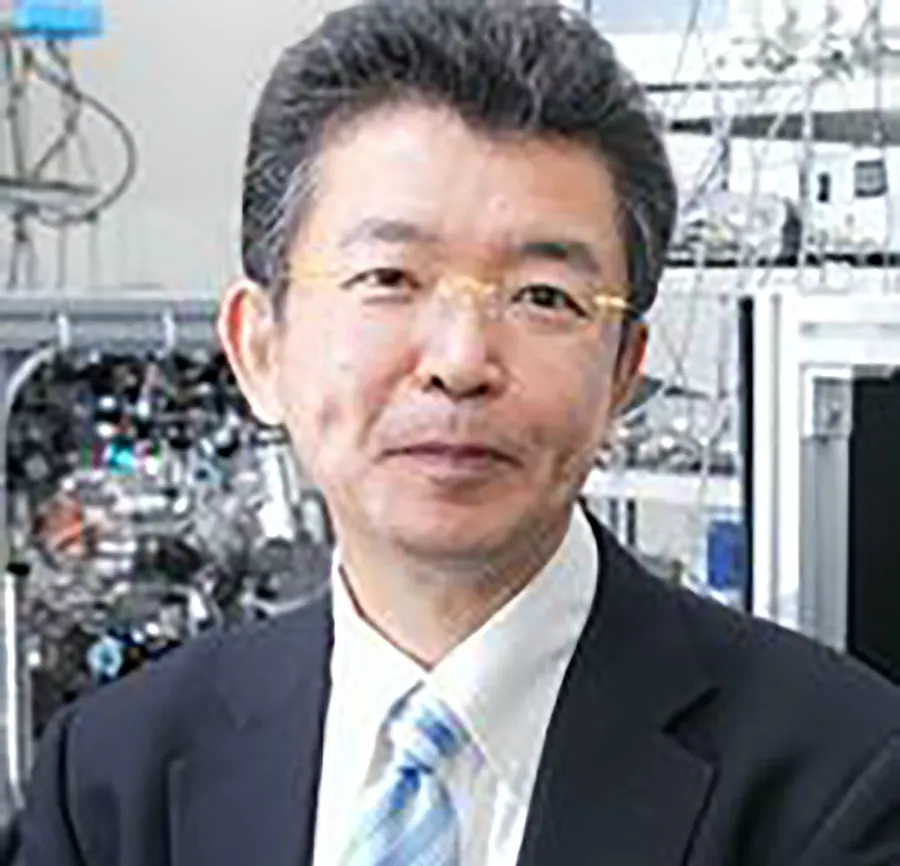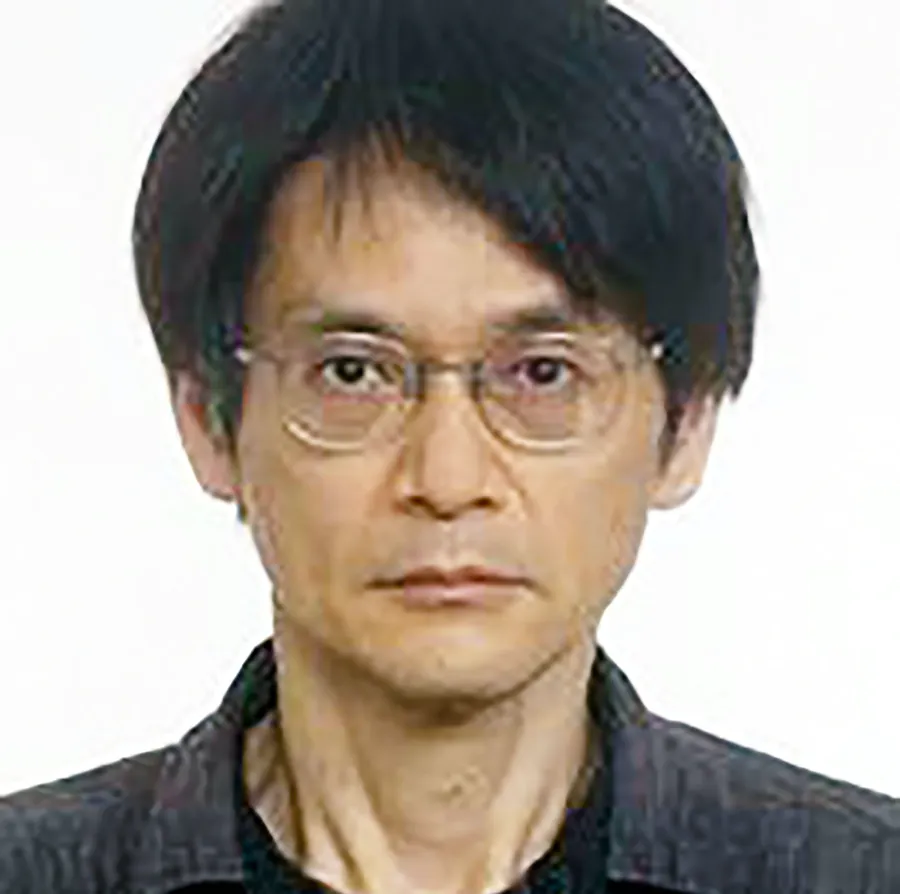
Hidetoshi Katori Professor, University of Tokyo

Takuro Mochizuki Professor, Kyoto University
US Breakthrough Award: Mr. Mochizuki of Kyoto University and Mr. Katori of the University of Tokyo:
[Washington = joint]
“Breakthrough Award”:
The Science Award “Breakthrough Award” was announced on September 9th.
Takuro Mochizuki, Professor, Kyoto University, in the Department of Mathematics
Hidetoshi Katori, Professor, University of Tokyo, Department of Basic Physics
Two Japanese were selected.
Mathematics Department:
Mochizuki is the first Japanese to receive an award in the mathematics category.
Mochizuki won the award alone.
Prove the difficult problem of algebraic analysis.
Mochizuki-san
The difficult problem of algebraic analysis “Kashiwabara conjecture”,
Combining analytical and geometric techniques,
Known for his proven achievements.
Basic Physics Department:
Katori-san
Extremely accurate “optical lattice clock”
A leading developer
His achievements were appreciated.
Katori was a joint award with Jun Ye, a researcher at the University of Colorado.
The prize money is 3 million dollars (330 million yen) each, and Katori will share it with the co-winners.
Life Sciences Division:
Researchers from the German biotech company Biontech were selected.
New Corona Vaccine Contributed to the development of new technology mRNA vaccine,
What is the Breakthrough Award?
Winners are selected every year in the basic physics, life sciences, and mathematics categories.
“Shinya Yamanaka, Professor of Kyoto University, who won the Nobel Prize in Physiology or Medicine in 2012” has been selected so far.
Nihon Keizai Shimbun
https://www.nikkei.com/article/DGXZQOUE100CY0Q1A910C2000000/
Breakthrough Prize
– Winners Of The 2022 Breakthrough Prizes In Life Sciences, Fundamental Physics And Mathematics Announced
Since the dawn of science, improvements in precision measurement have led to discoveries.
Hidetoshi Katori and Jun Ye, working independently,
have improved the precision of time measurement by 3 orders of magnitude.
Their techniques – tabletop in scale –
for using lasers to trap, cool and probe atoms,
produce quantum clocks so accurate that they would lose less than a second if operated for 15 billion years.
These optical lattice clocks
have potential technological applications from quantum computing to using the effects of Einstein’s relativity for seismology;
and in fundamental research
they can be used to check theories like relativity, as well as to hunt for gravitational waves and new physics such as dark matter.
While experimentalists
probe the physical world with ever-increasing precision, mathematicians explore the frontiers of mindbending abstract spaces.
Takuro Mochizuki
works at the interface of algebraic geometry
– where solutions to systems of equations appear as geometric objects –
and differential geometry
– where smooth surfaces unfold in multiple complex dimensions.
Mochizuki
overcame immense technical and conceptual challenges to extend the boundaries of knowledge deep into new terrain,
extending the understanding of objects called holonomic D-modules to include varieties with singularities – points where the equations under study no longer make sense.
In the process, he has given a complete foundation to the field, solving all basic long-standing conjectures.